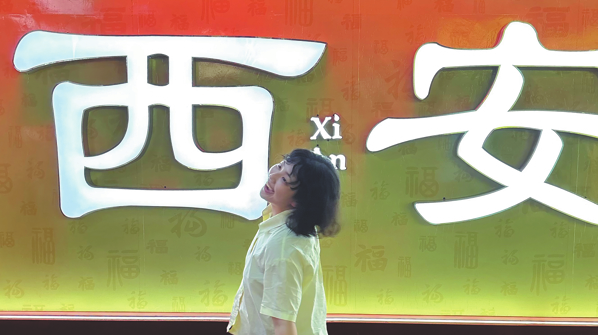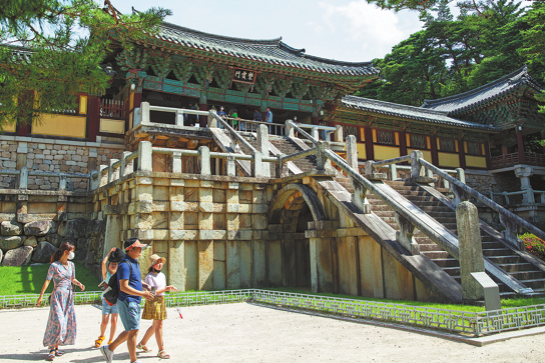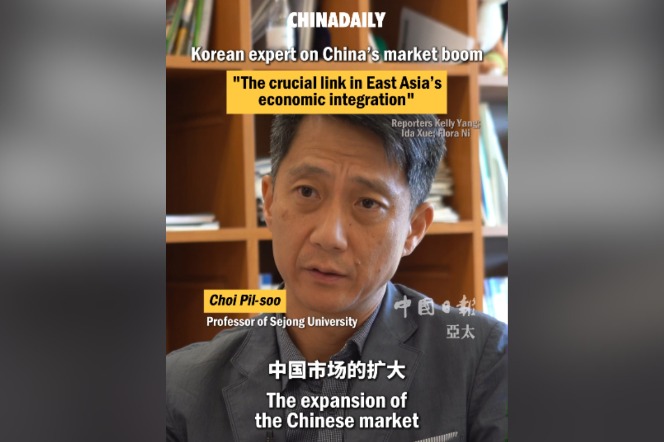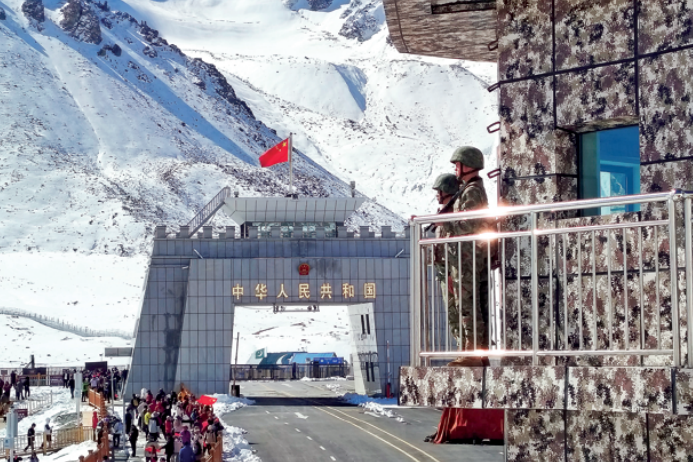Tones that travel through history weave living bond


The more I delve into the world of sister-city relationships, the more I realize how varied the connections can be. Some are forged through similar geographic conditions, while others are shaped by shared industries. But the bond between Xi'an and Gyeongju stands apart.
It's a connection rooted in a history of profound people-to-people exchanges that began thousands of years ago. This enduring friendship thrives not just on paper but through the continuous flow of human interaction.
My time in Xi'an has been a fascinating exploration of tangible reminders of this ancient relationship — from the Yuance Pagoda to the Jin Keji cliff carvings, which detail the life of Jin Keji, an "international student" from the ancient Silla Kingdom who journeyed to China centuries ago.
These artifacts, though ancient, resonate with modern audiences. At Shaanxi History Museum, the Picture of Ceremonial Meeting — a Tang Dynasty (618-907) mural depicting an envoy from Silla being received by Tang officials in ancient Xi'an — has found new life as refrigerator magnets, carrying the story of this historical connection into homes worldwide.
The evidence of this enduring relationship isn't just etched in stone or displayed in museums. It echoes in the language of contemporary Gyeongju residents as well.
Cho Hong-lai, vice-president of the Korea-China Business Association Northwest Regional Branch, told me something quite interesting: The dialect of North Gyeongsang Province, where Gyeongju is located, bears surprising similarities to the tonal qualities of Chinese.
"I went to middle and high schools in North Gyeongsang, so I'm quite familiar with the area.
"The local dialect has a unique characteristic. While the Korean language doesn't have tones, the dialect in North Gyeongsang does. So people from this region have a much easier time learning Chinese compared with other South Koreans. The tones, in particular, come very naturally to them."
Cho believes that these linguistic similarities are no accident, saying that the ancient Korean language undoubtedly had influences from neighboring regions, especially China, with which there was significant interaction.
"Their languages would have inevitably influenced each other," said Cho, who has lived in Xi'an for more than 10 years, mastering not only Mandarin but also aspects of the local dialect.
"For example, the sound of the Korean word for 'below' is very similar to the pronunciation of 'going down' — the 'ha' sound — in the Shaanxi dialect. These similarities point to a deep cultural and, particularly, linguistic exchange."
Today, people-to-people exchanges between Xi'an and Gyeongju, and between China and South Korea, find new expression through digital platforms and popular culture. Hwangbo Ye-jin, a South Korean student studying in Xi'an, observes how social media fuels cross-cultural interest.
"Young South Koreans are discovering Chinese cities through TikTok travel videos," she said. "And with the introduction of Korean language translation on the Chinese social media platform Xiaohongshu, or Red Note, more and more South Korean youths are sharing their China travels there."
She said that malatang, or spicy hot pot, is becoming quite popular in South Korea, with high school students gathering for it after school. And young South Koreans are also increasingly using Chinese platforms such as Temu to purchase Chinese cosmetics and clothing.
"More and more people are studying Chinese in South Korea," Hwangbo said. "As a Chinese major, I'm quite proud of that."
The exchange flows both ways. Even living in Xi'an, Hwangbo still comes across a touch of home. "Now and then, I hear K-pop songs out on the street, which is always a nice surprise," she said. "They're just little moments, but they make me feel like South Korean culture is appreciated here, too."
While sister-city relations often blossom from geographical similarities or shared industries, people-to-people exchanges are forging ties that are proving to be remarkably resilient and enduring, capable of spanning distances and lasting for centuries. The Xi'an-Gyeongju relations have weathered a thousand years and continue to adapt and grow, proving that it is the people who write the stories that last.

































